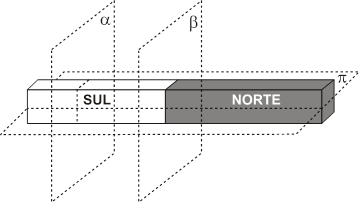(ACAFE) Brazil cotton deal perpetuates an unhealthy status quo of subsidies
When is a victory for the United States not a victory for the American taxpayer? When it’s an international agreement like the one the Obama administration has just reached to settle a long-running dispute with Brazil over cotton subsidies. The roots of that dispute 1lie in this country’s history of showering federal funds on crop producers, including cotton growers. That particular business received $32.9 billion from Washington between 1995 and 2012, according to the Environmental Working Group, largely through programs that had the effect of rewarding farmers for increasing production. The extra supply dampened prices on the world market, so, in 2002, Brazil complained to the World Trade Organization, which ruled that US cotton subsidies were indeed “trade-distorting” and authorized Brazil to retaliate against US exports. The United States avoided sanctions — not by reforming its programs but by agreeing in 2010 to pay Brazil’s cotton farmers $147.3 million per year.
In short, the US government bought off Brazil’s cotton farmers so that it could 2keep on buying off its own. Under the new settlement, announced Wednesday, Brazil agreed to drop its case at the WTO and to 3forgo any new ones during the five-year term of the farm bill Congress enacted last year. In return, the United States agreed to trim the modest US cotton export credit subsidy program and, most important, to pay Brazil one last dollop of taxpayer cash, in the amount of $300 million.
This is good news to the extent that it fortifies US-Brazil relations on the eve of a new presidential term in that country and that it spares US exporters from the threat of Brazilian retaliation, which could have reached a total of $829 million per year. Yet, in essence, the new deal perpetuates the unhealthy status quo whereby the United States pays Brazil ____ the right ____ continue propping _____ a domestic cotton industry that can ____ should learn to compete ____ its own.
Published by The Washington Post (The text below has been slightly modified to better suit the exam)
What does buy off mean as used in the text?
